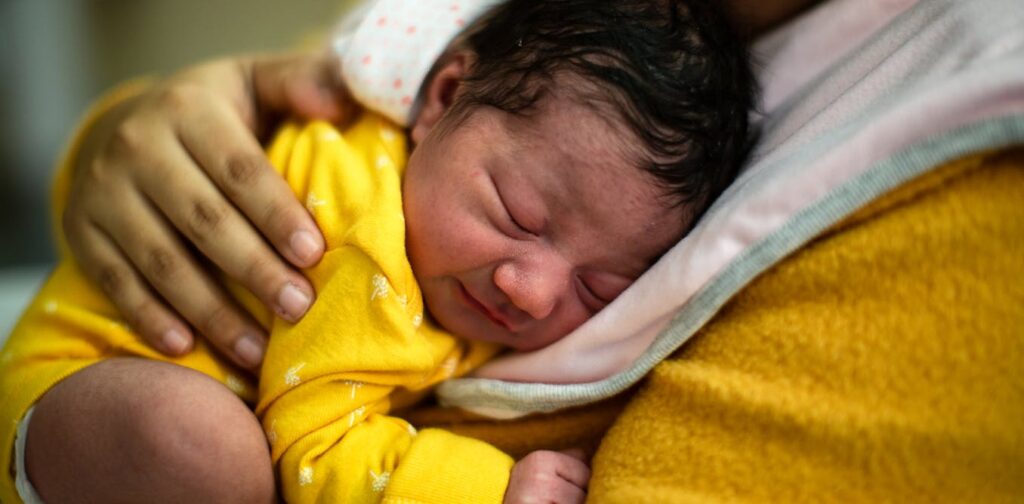
Before the United States began vaccinating all infants at birth with the hepatitis B vaccine in 1991, approximately 18,000 children contracted the virus annually before turning 10. Alarmingly, about half of these infections occurred at birth, with 90% developing into chronic conditions. Today, the landscape has dramatically changed, with fewer than 1,000 U.S. children or adolescents contracting the virus each year—a remarkable 95% reduction. Notably, fewer than 20 babies are reported infected at birth annually.
As a pediatrician and preventive medicine specialist focusing on vaccine delivery and policy, I can affirm that vaccinating newborns for hepatitis B remains one of the most evidence-based strategies to protect American children from this potentially deadly infection. However, recent discussions by the Advisory Committee on Immunization Practices (ACIP) have sparked debate over potential changes to this long-standing recommendation.
Potential Changes to Vaccination Recommendations
On September 18, 2025, the ACIP, an independent expert panel advising the Centers for Disease Control and Prevention (CDC), considered a proposal to alter the hepatitis B vaccination schedule. Under the proposed change, infants whose mothers test positive for hepatitis B would continue to receive the vaccine at birth. However, infants whose mothers do not test positive would receive the vaccine at one month of age, with an option for earlier administration at parental discretion. The committee postponed the vote to their next meeting on October 22-23, 2025.
Although this proposed change might seem minor, it is not supported by new evidence. It risks undoing over three decades of a prevention strategy that has nearly eradicated early childhood hepatitis B in the U.S. The meeting itself was unusual; in June 2025, Secretary of Health and Human Services Robert F. Kennedy Jr. disbanded the entire committee and appointed new members, raising concerns about the adherence to established evaluation procedures.
Why the CDC Adopted Universal Hepatitis B Shots
Hepatitis B is a virus that targets liver cells, causing inflammation and potential damage. In adults, it spreads through blood and bodily fluids, often through unprotected sex, contaminated needles, or contact with open wounds. The hepatitis B vaccine has been available since the early 1980s, but prior to 1991, it was administered only to high-risk newborns and children, such as those born to infected mothers or living in households with hepatitis B carriers.
This targeted approach proved insufficient, as tens of thousands of children continued to be infected annually. Some newborns were exposed due to inadequate maternal screening or maternal infection late in pregnancy. Moreover, children contracted the virus through household contacts or in childcare settings via seemingly innocuous exposures like shared toothbrushes or bites that broke the skin. The virus’s resilience—it can survive on surfaces for a week—combined with the fact that many carriers are unaware of their infection, left even babies of uninfected mothers at risk.
Recognizing these gaps, the CDC recommended universal hepatitis B vaccination for all newborns starting at birth in 1991, irrespective of maternal risk.
Vaccinating at Birth: A Critical Window
The greatest risk for infants contracting hepatitis B occurs at birth, when contact with a mother’s blood can transmit the virus. Without preventive measures, 70% to 90% of infants born to infected mothers will become infected, with 90% of those infections becoming chronic. These infections can silently damage the liver, potentially leading to liver cancer and premature death.
Currently, about 80% of parents adhere to the CDC’s guidance and vaccinate their babies at birth. If the recommendation changes to delay the first dose until one month old, it would leave infants vulnerable during this critical period when infection is most likely to lead to chronic liver damage.
The hepatitis B vaccines used in the U.S. have an outstanding safety record. The only confirmed risk is an allergic reaction known as anaphylaxis, occurring in roughly 1 in 600,000 doses, with no fatalities reported. Extensive studies have found no links between the vaccine and other serious conditions.
Implications of Changing the Current Strategy
The current vaccination recommendations are designed to protect every child, including those who might fall through the gaps in maternal screening or encounter the virus through everyday interactions. Reverting to an ineffective risk-based approach could dismantle this crucial safety net, potentially increasing the incidence of childhood hepatitis B infections.
As the ACIP prepares for its upcoming meeting, the focus will likely be on balancing the benefits of the current universal vaccination strategy against the proposed changes. The potential implications for public health are significant, and the decision will be closely watched by healthcare professionals and parents alike.
Ultimately, the goal remains to safeguard the health of future generations, ensuring that the strides made in eradicating childhood hepatitis B are not undone.







